to hold or to be held
2024 Solstice Arts Centre, Navan
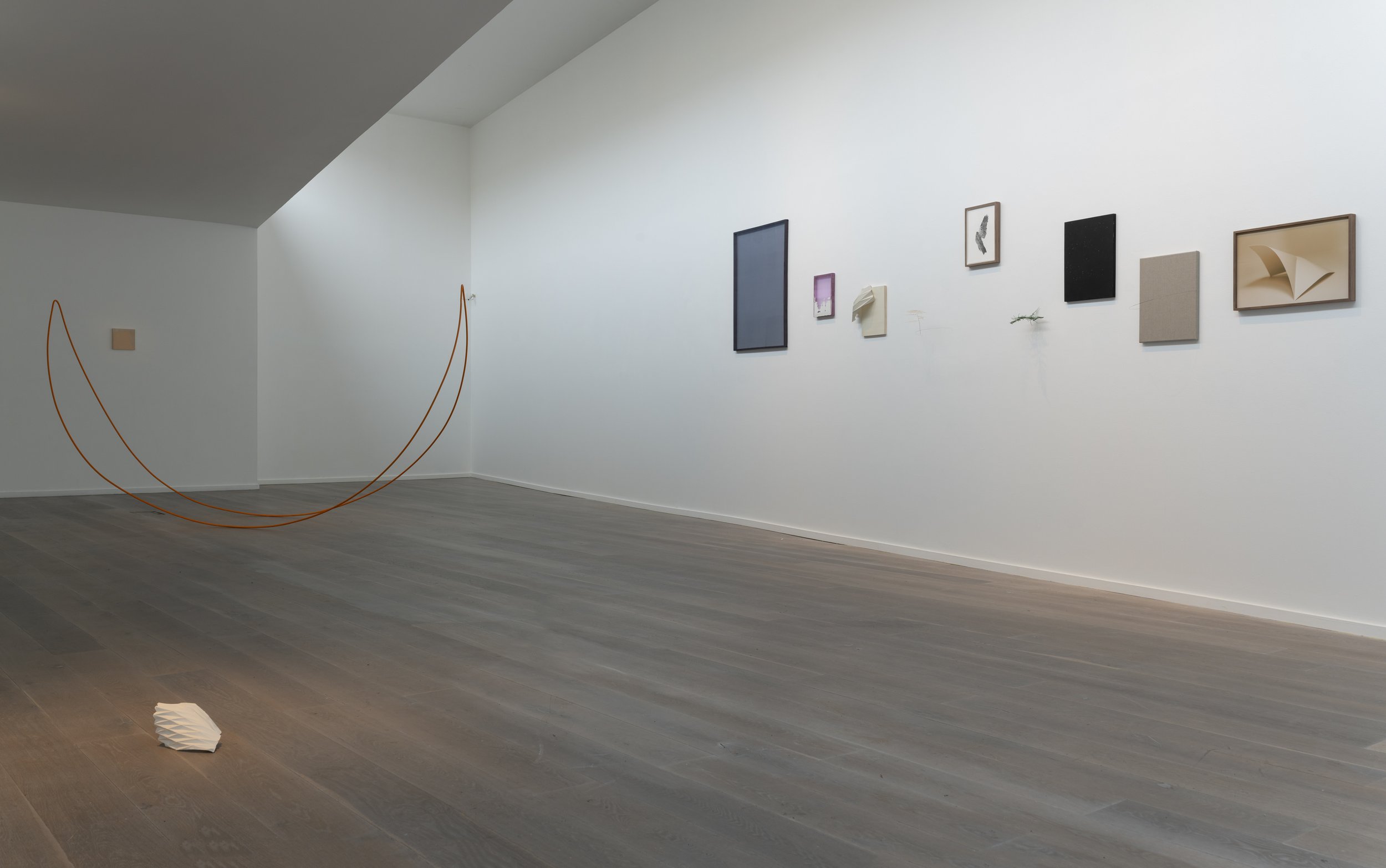
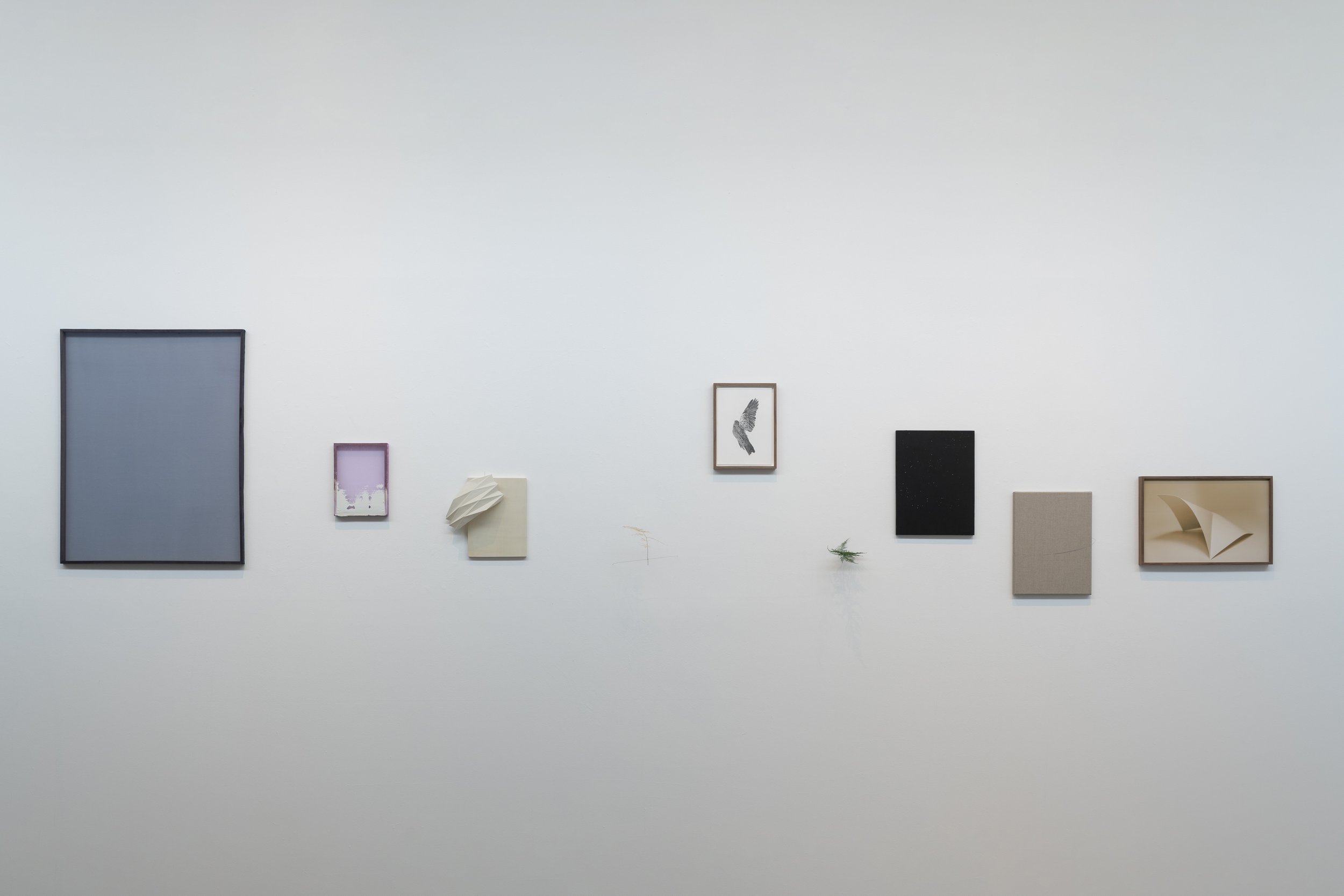
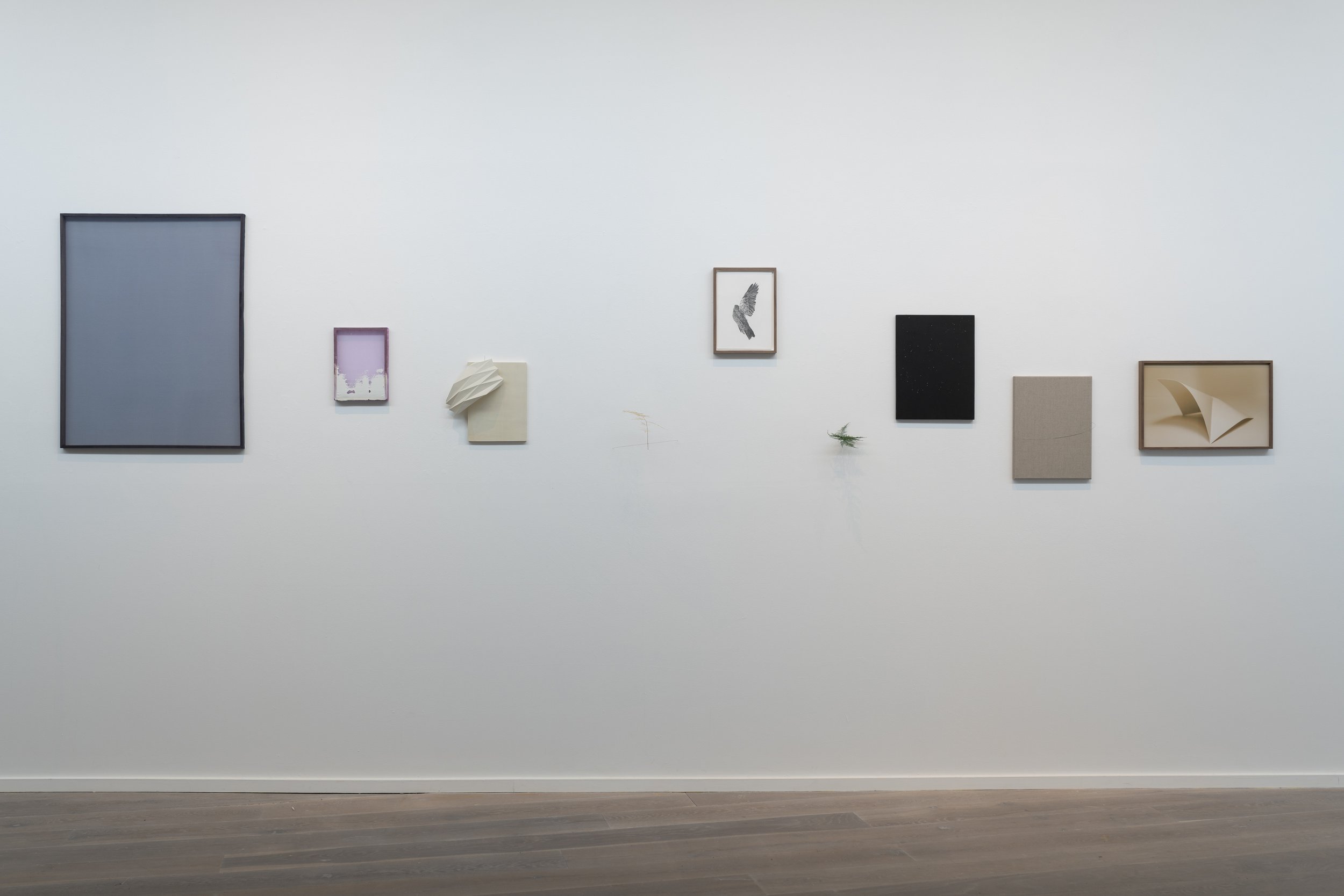
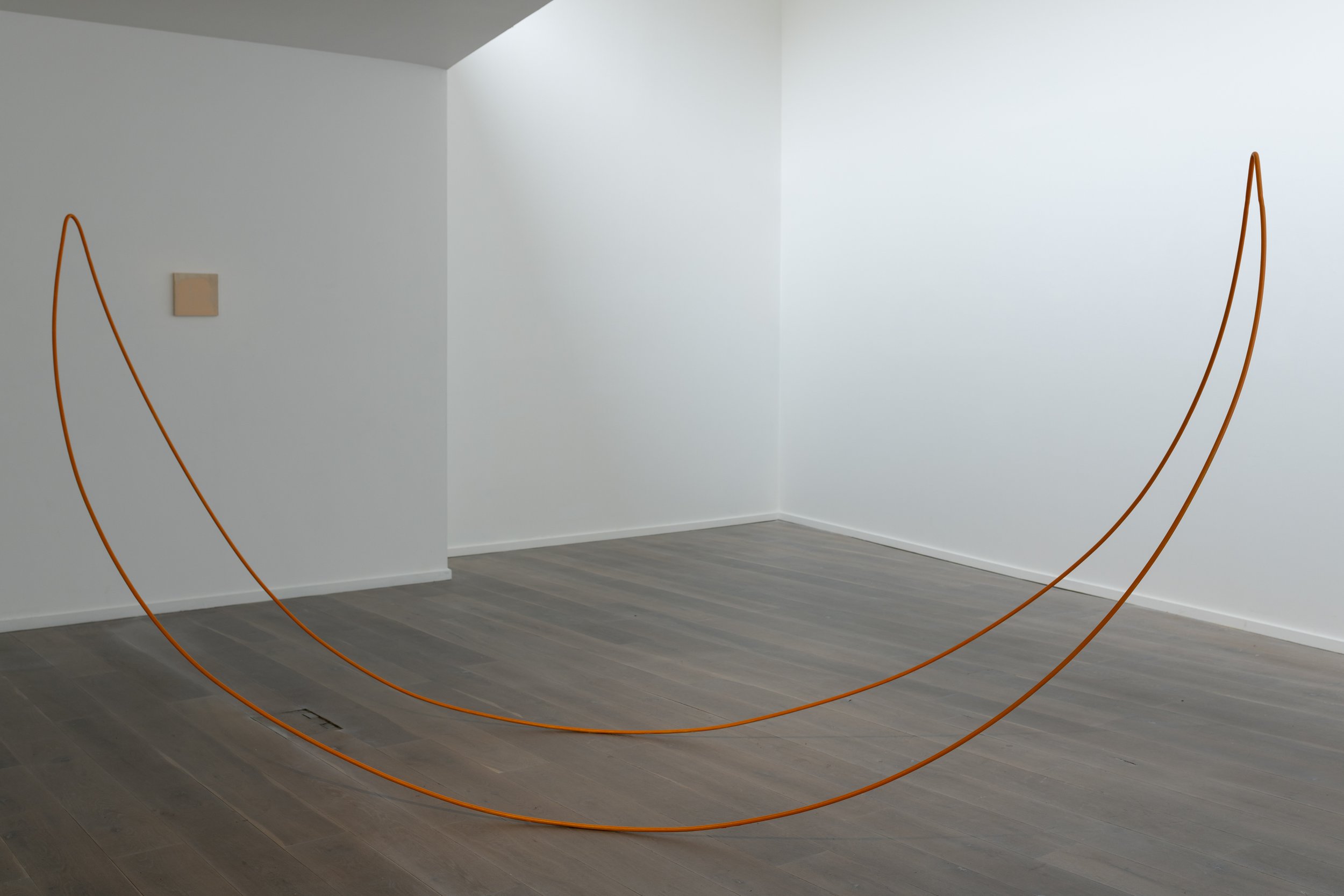

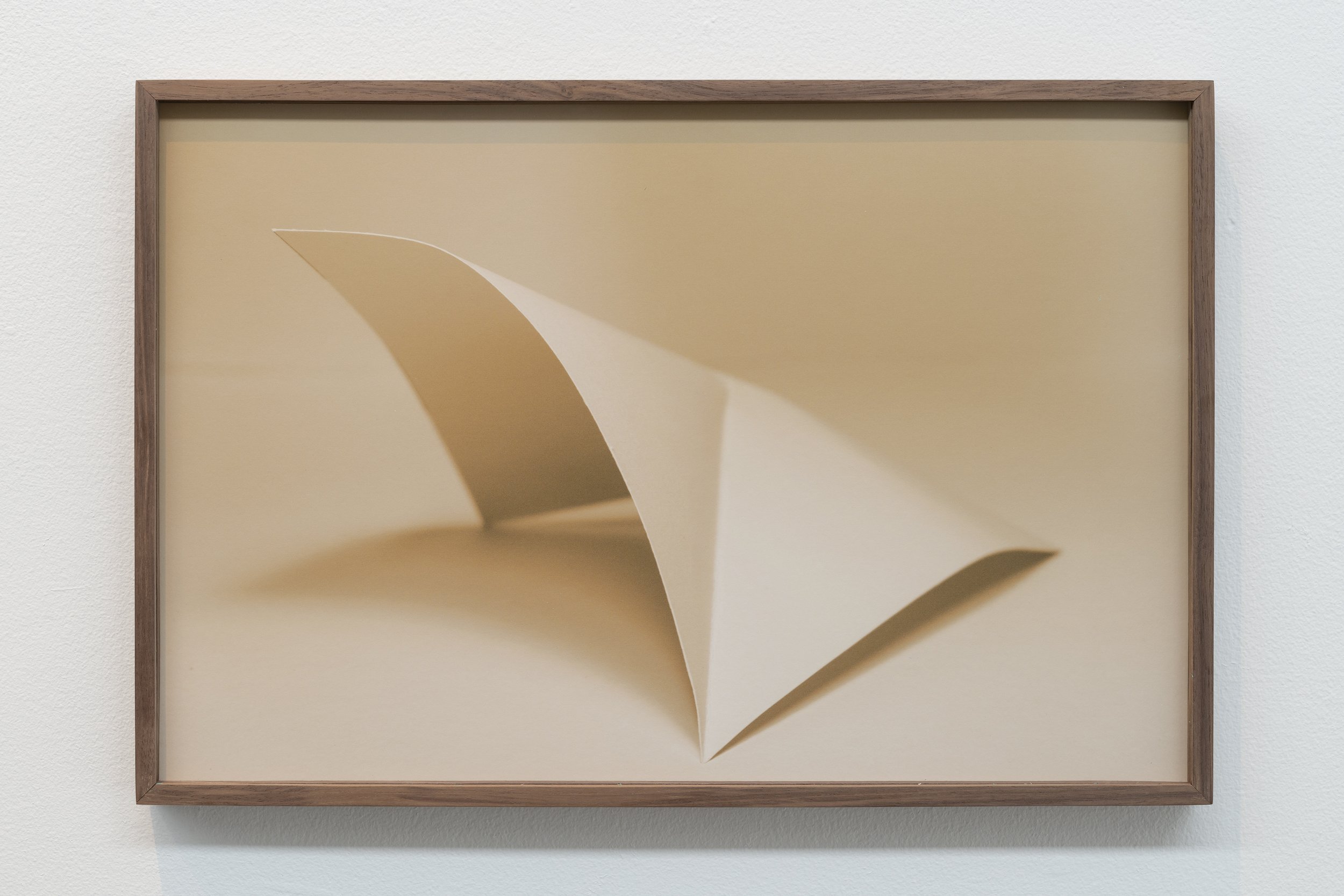

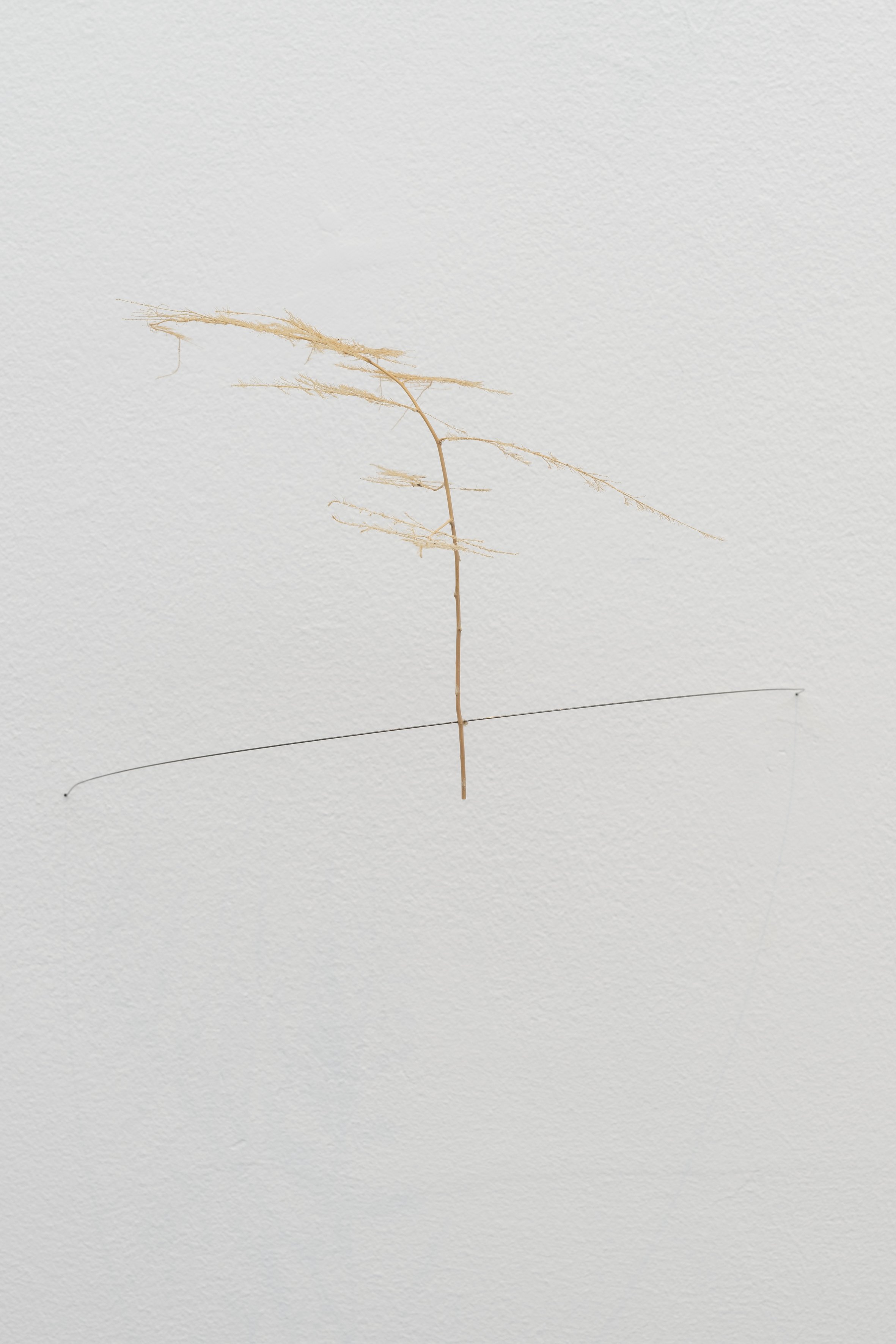

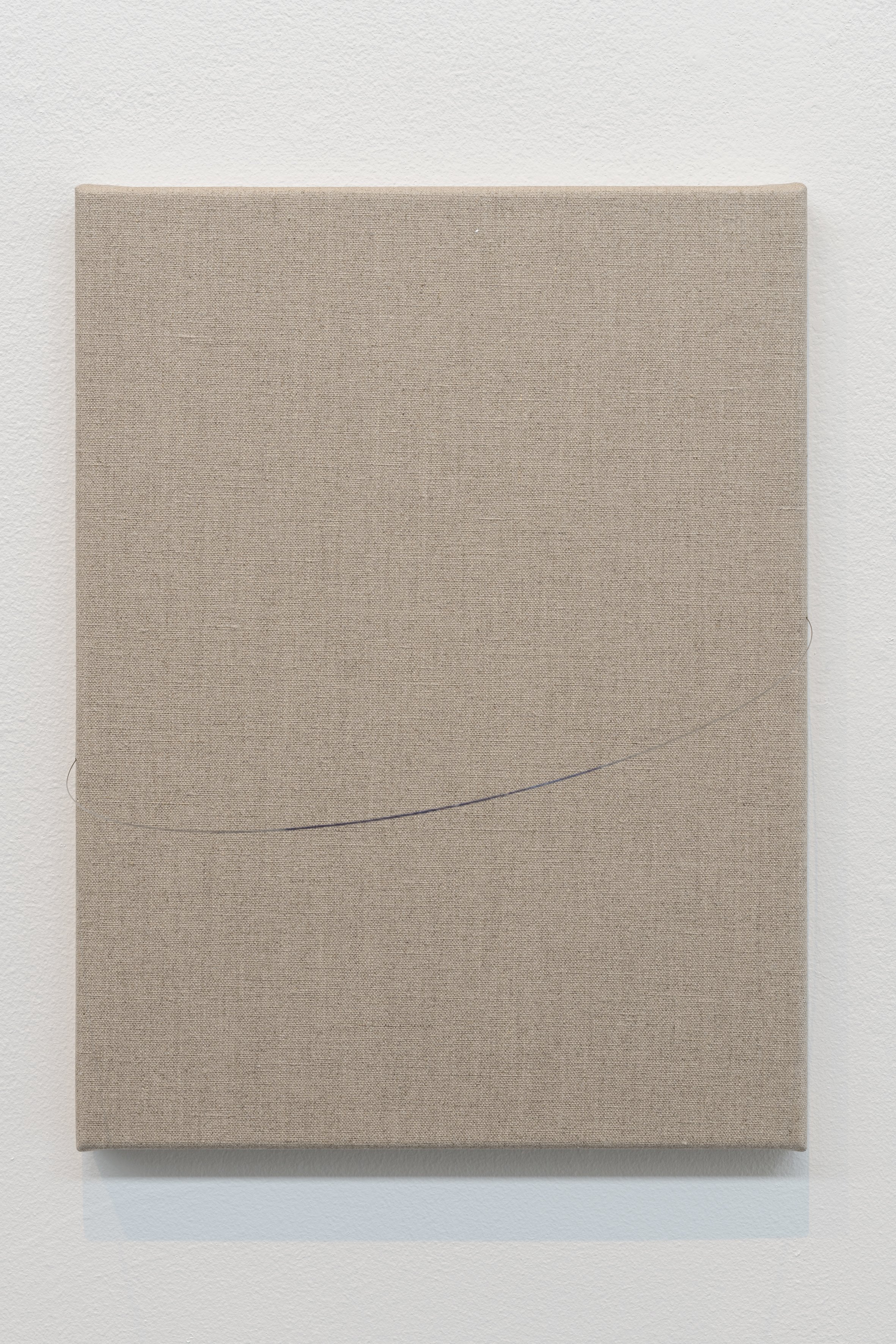
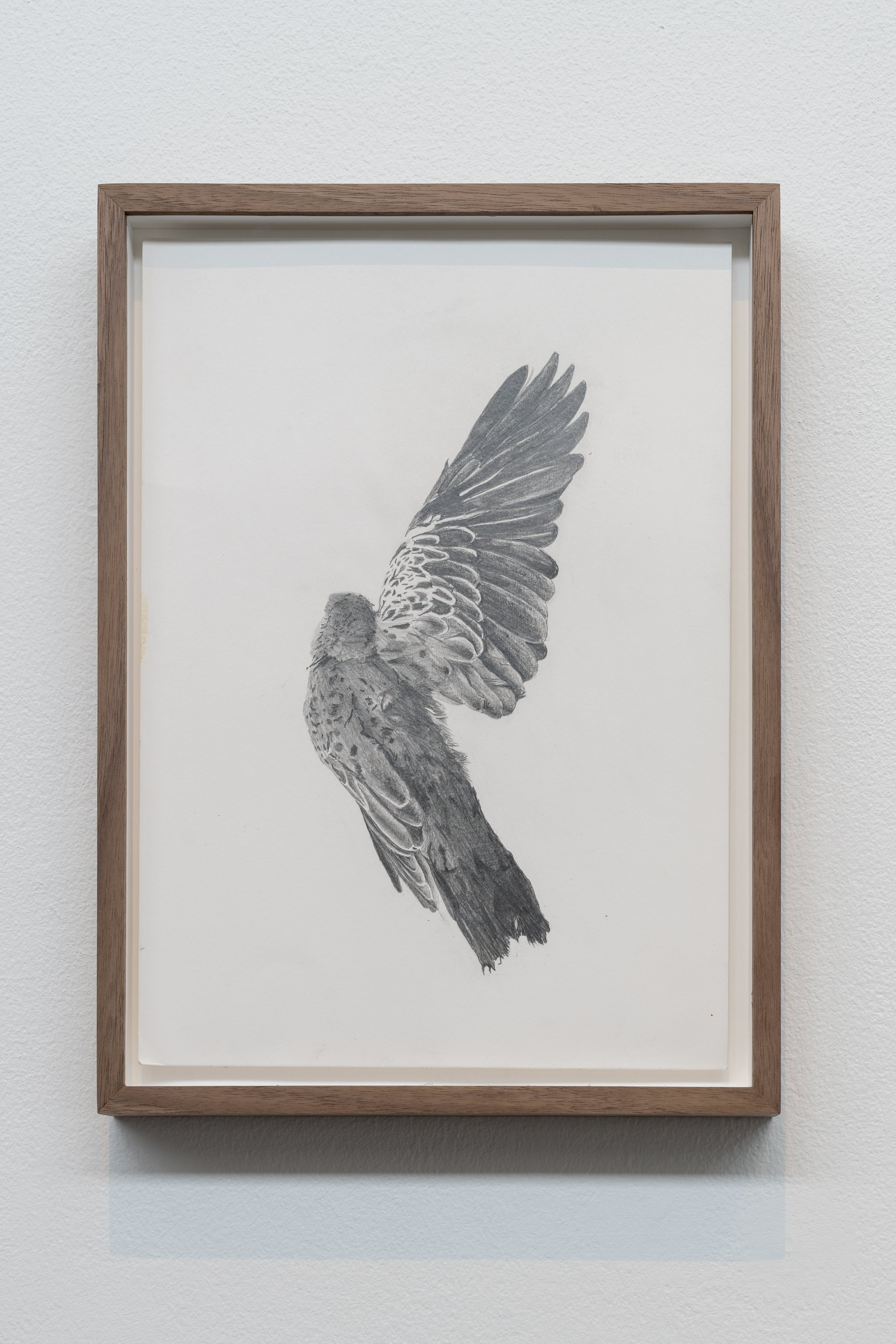
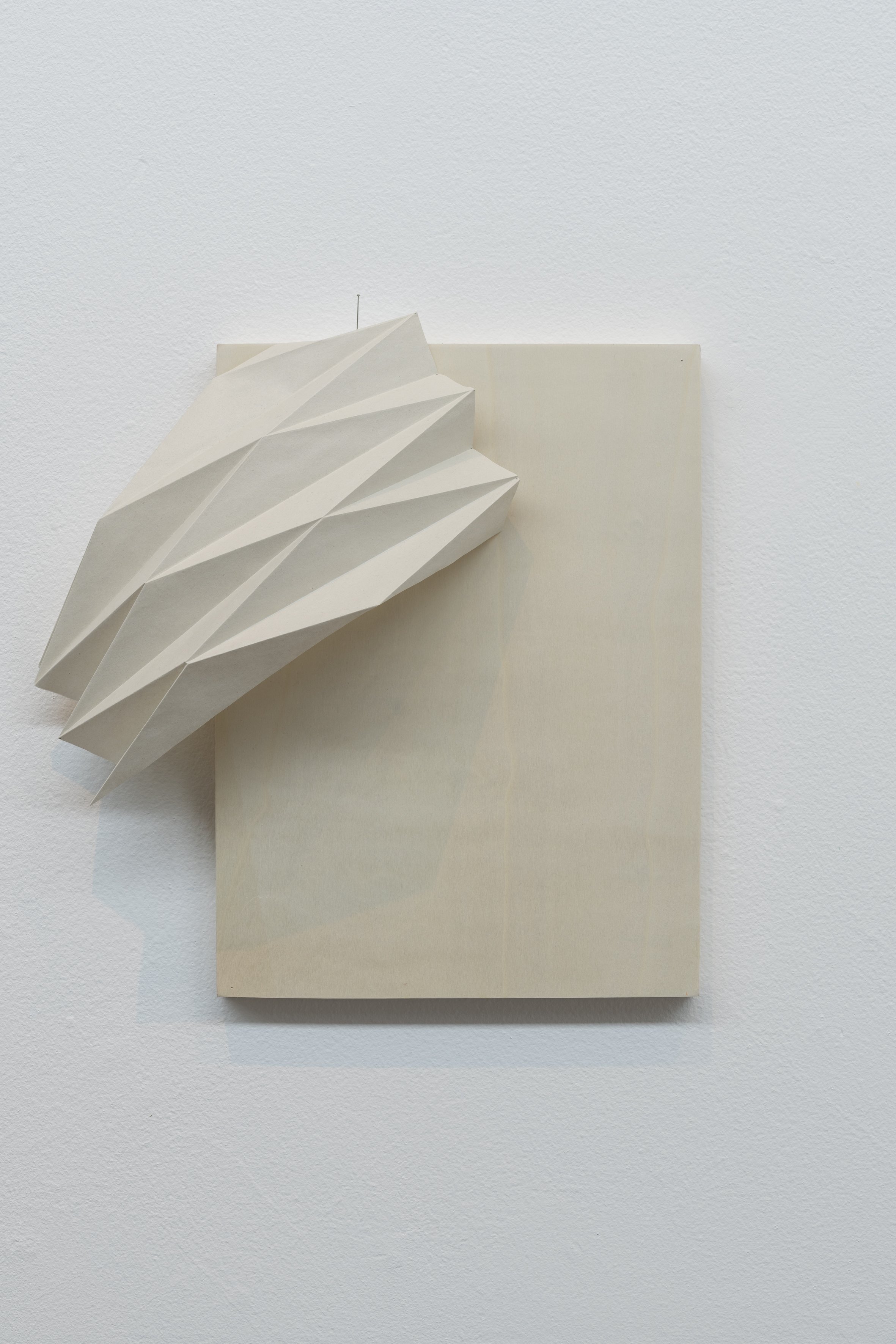

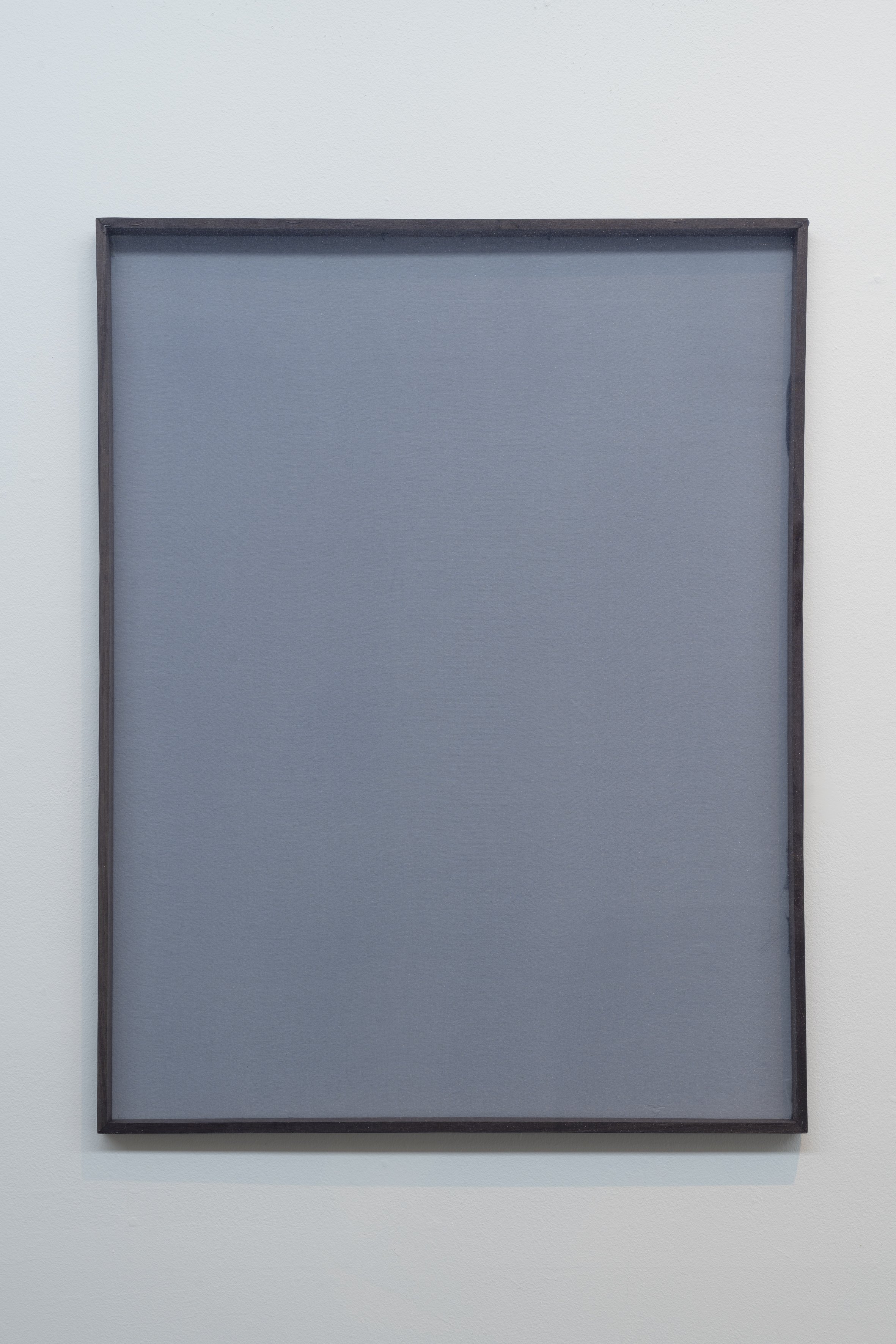
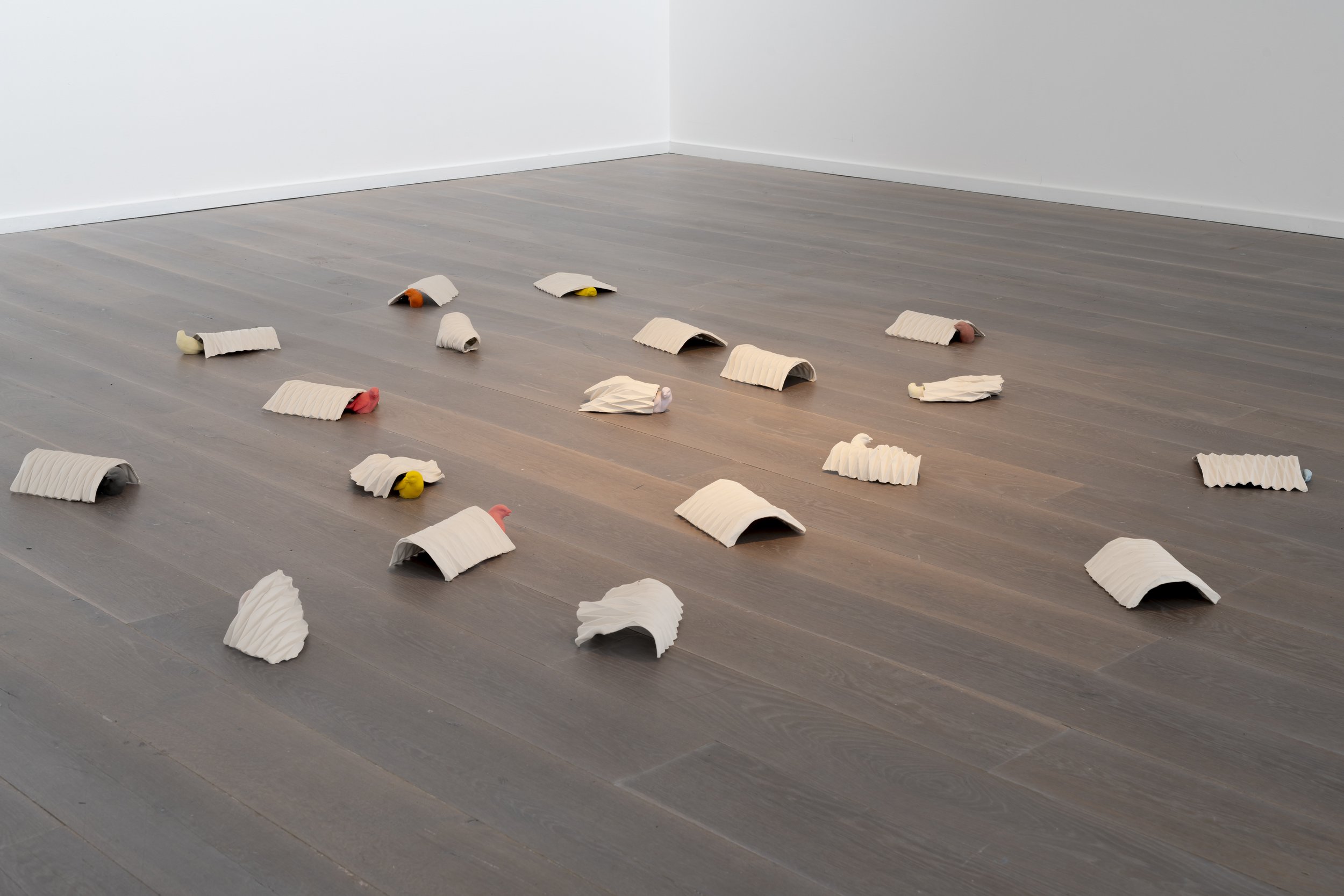
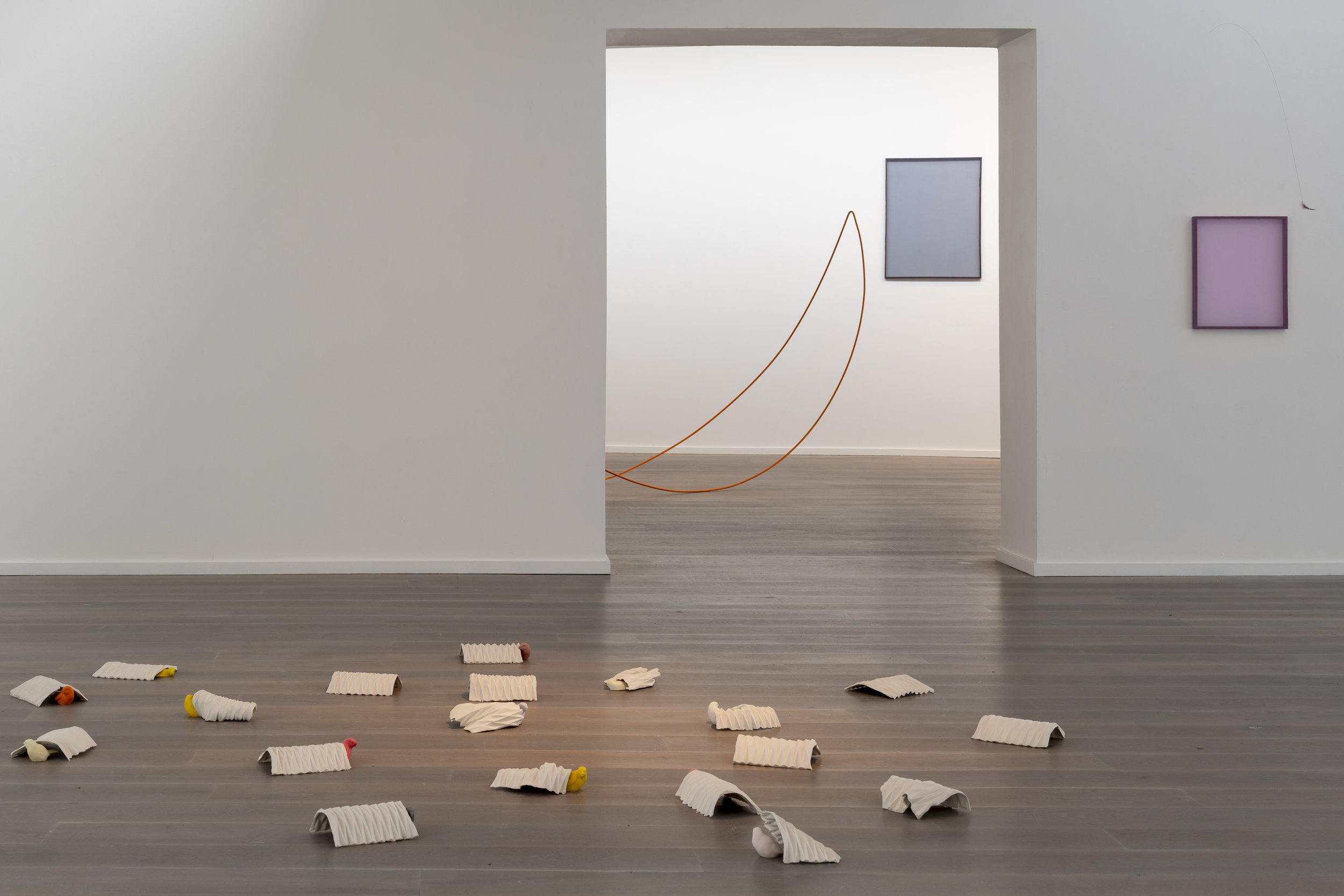
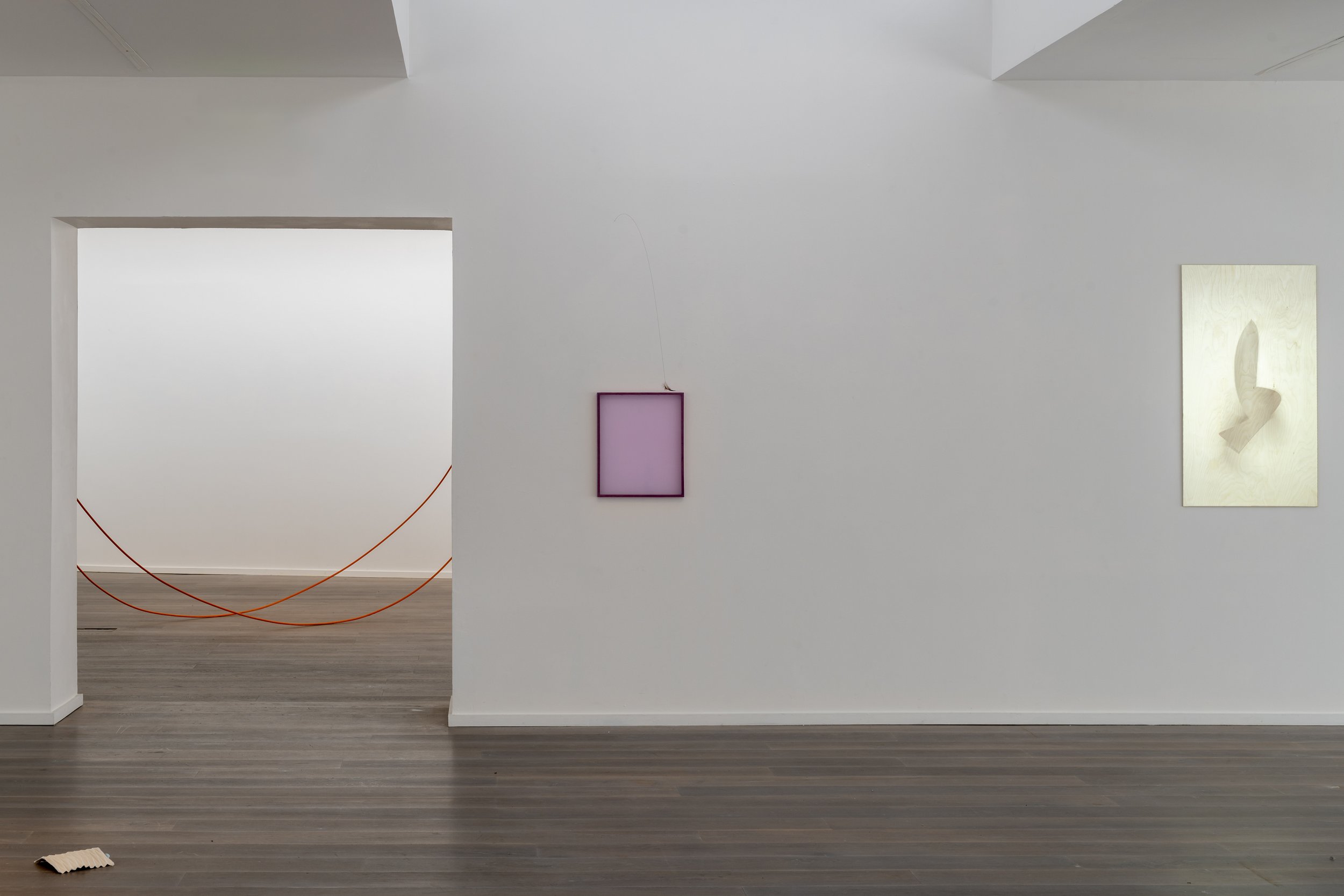
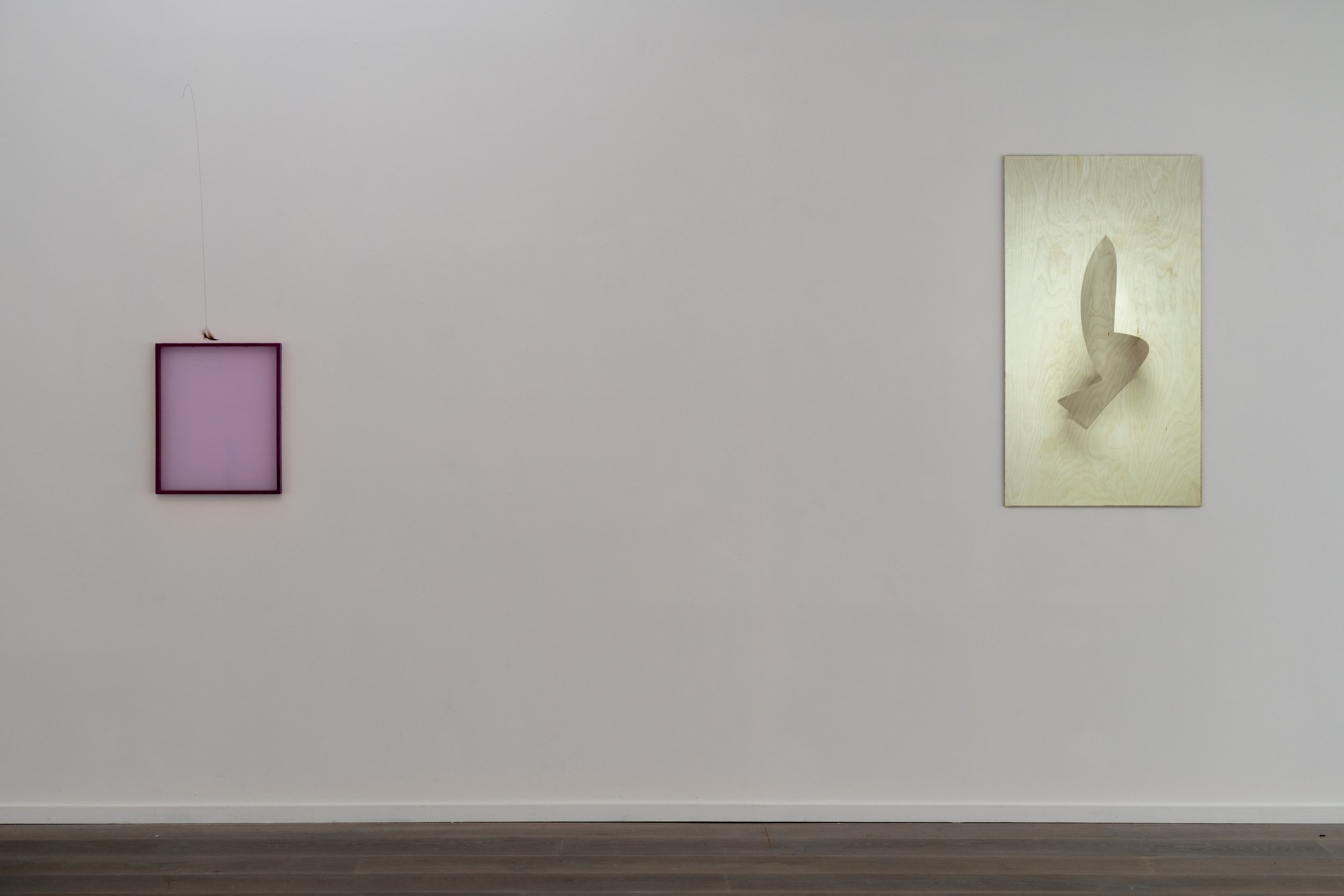
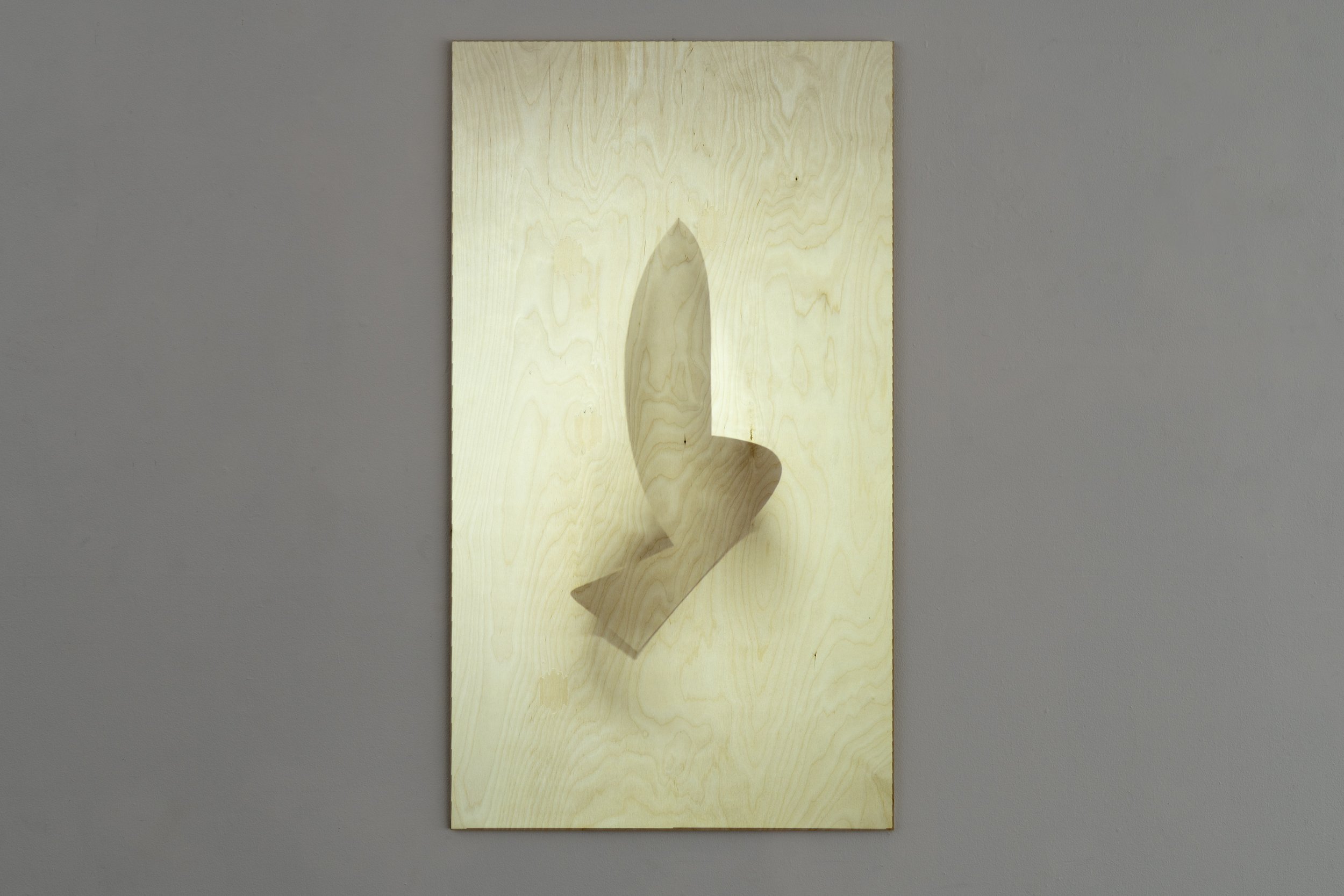
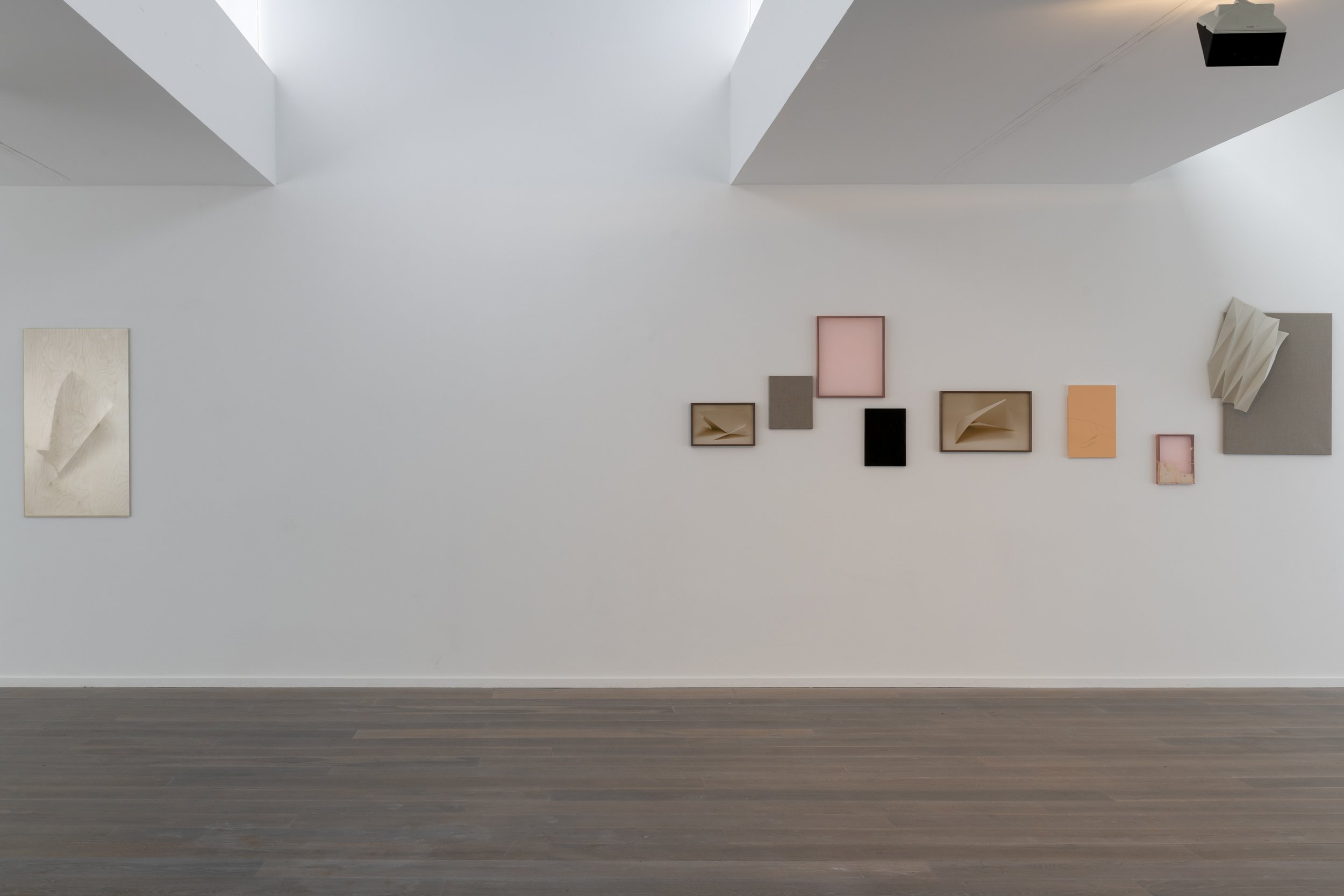
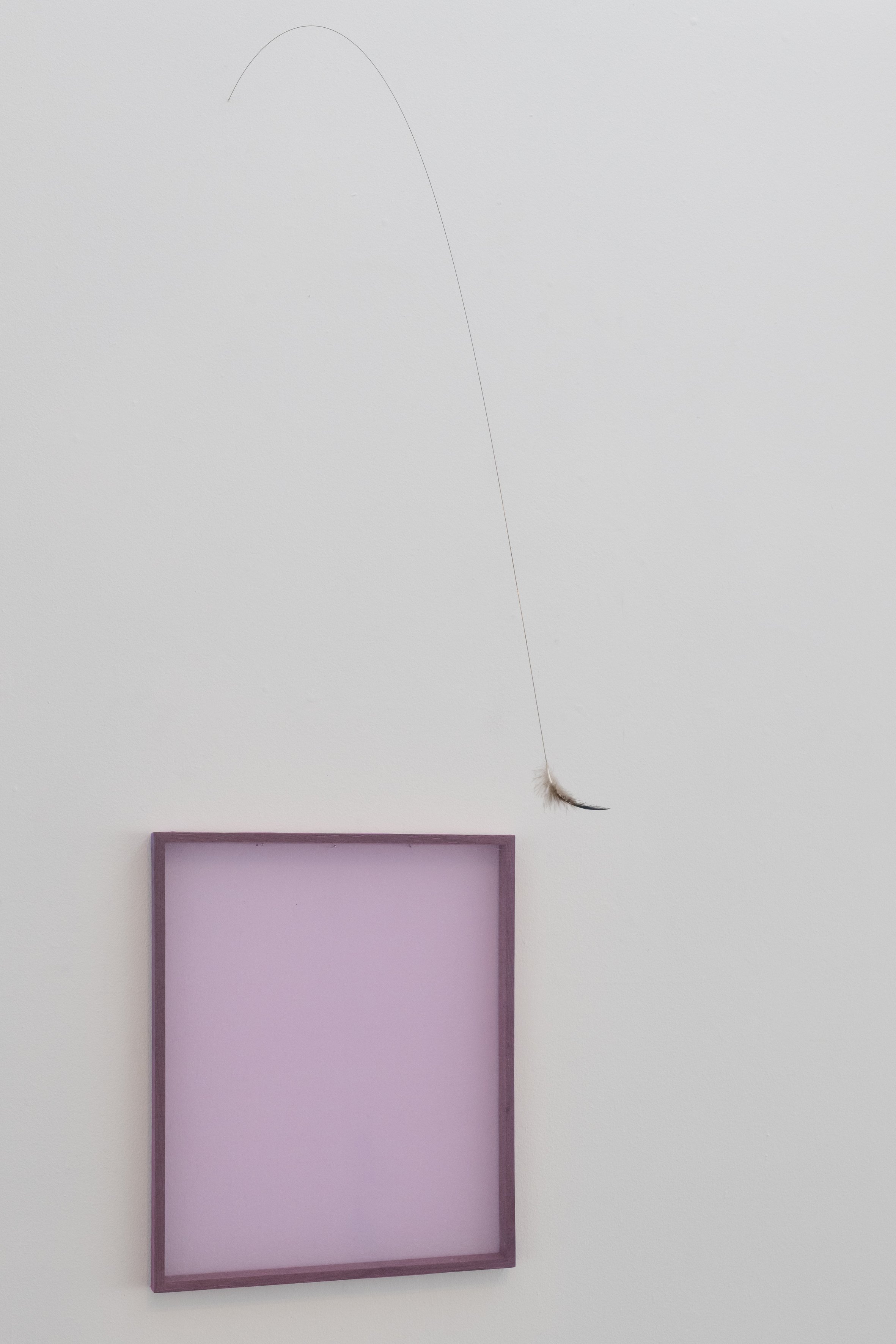
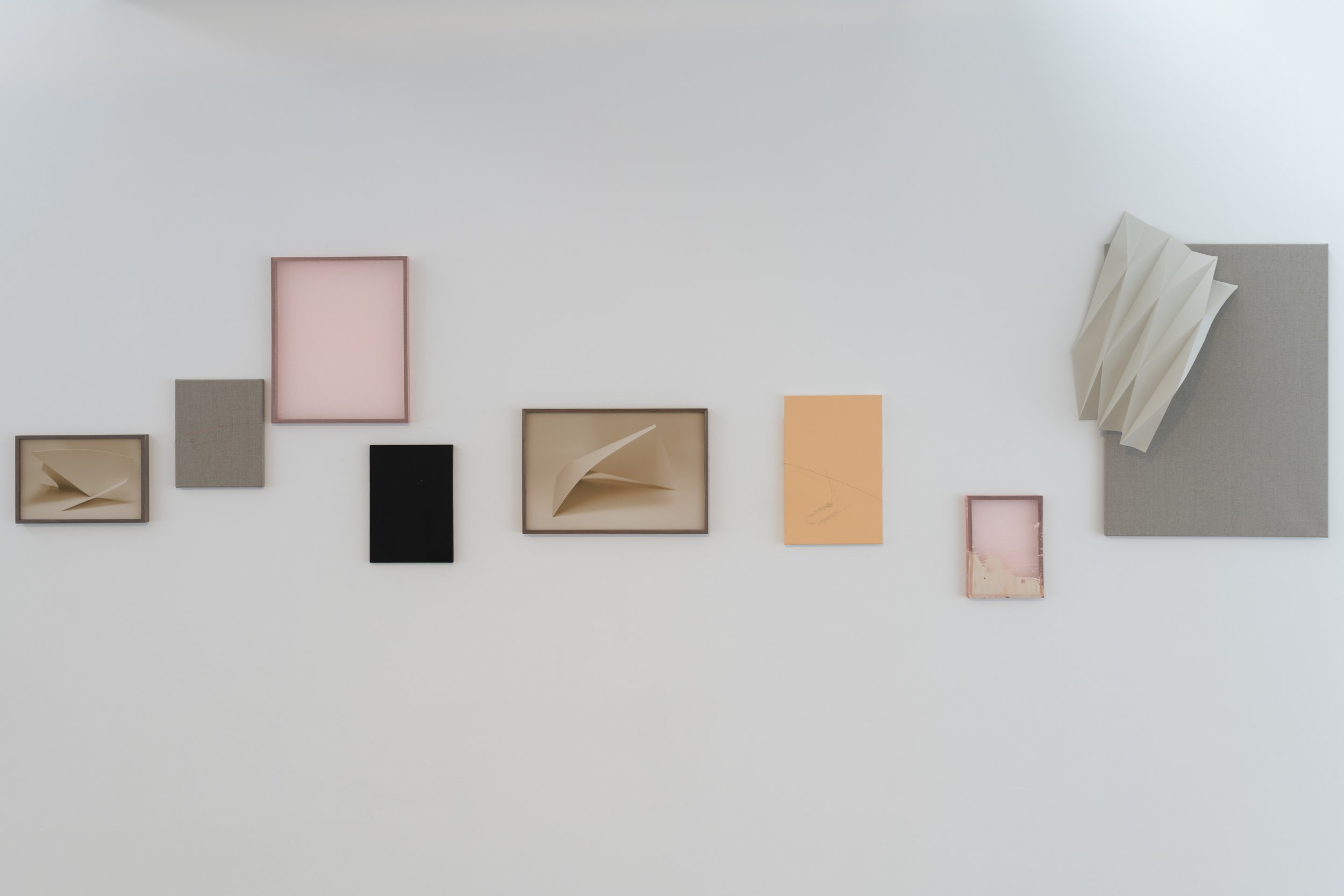
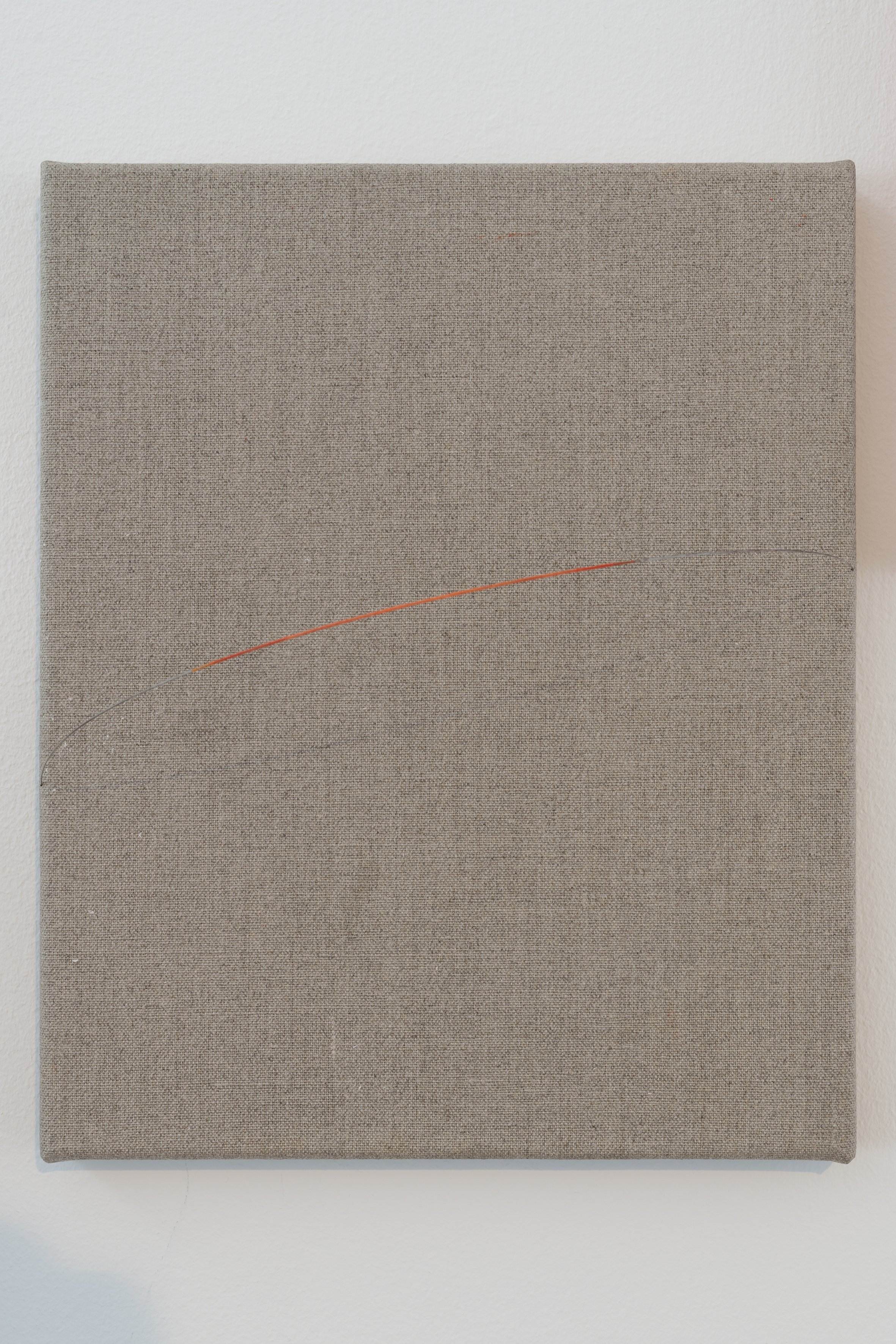
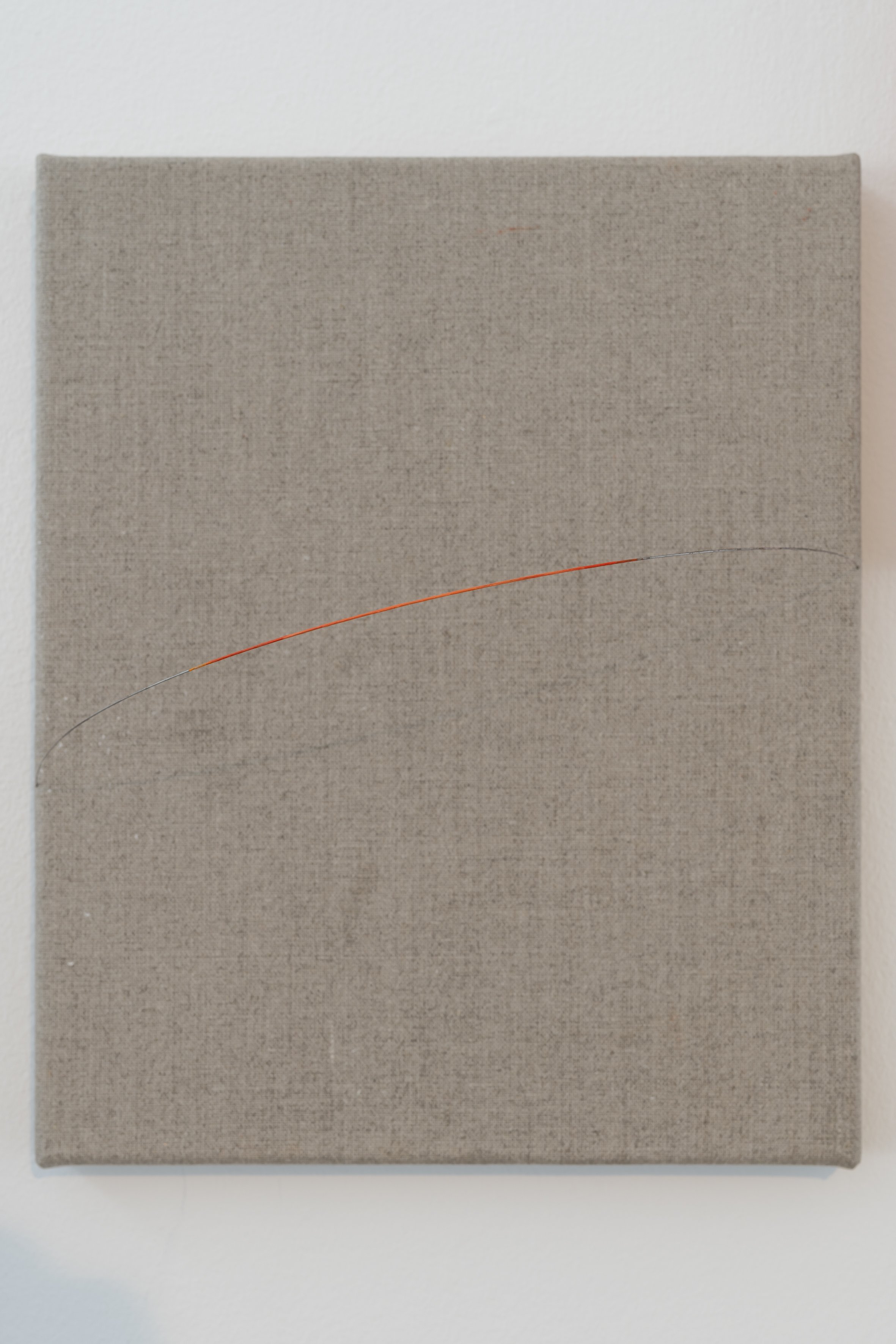

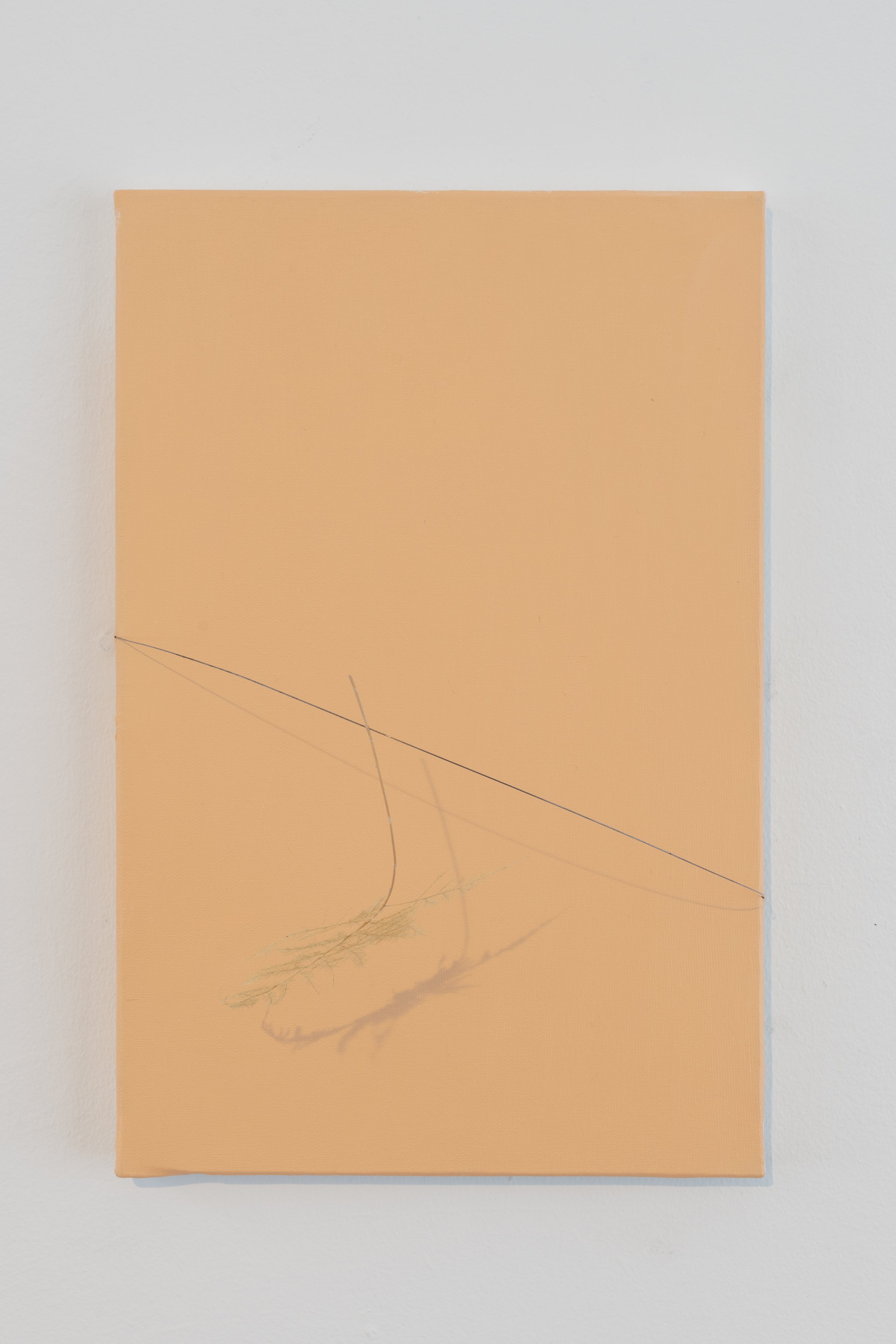

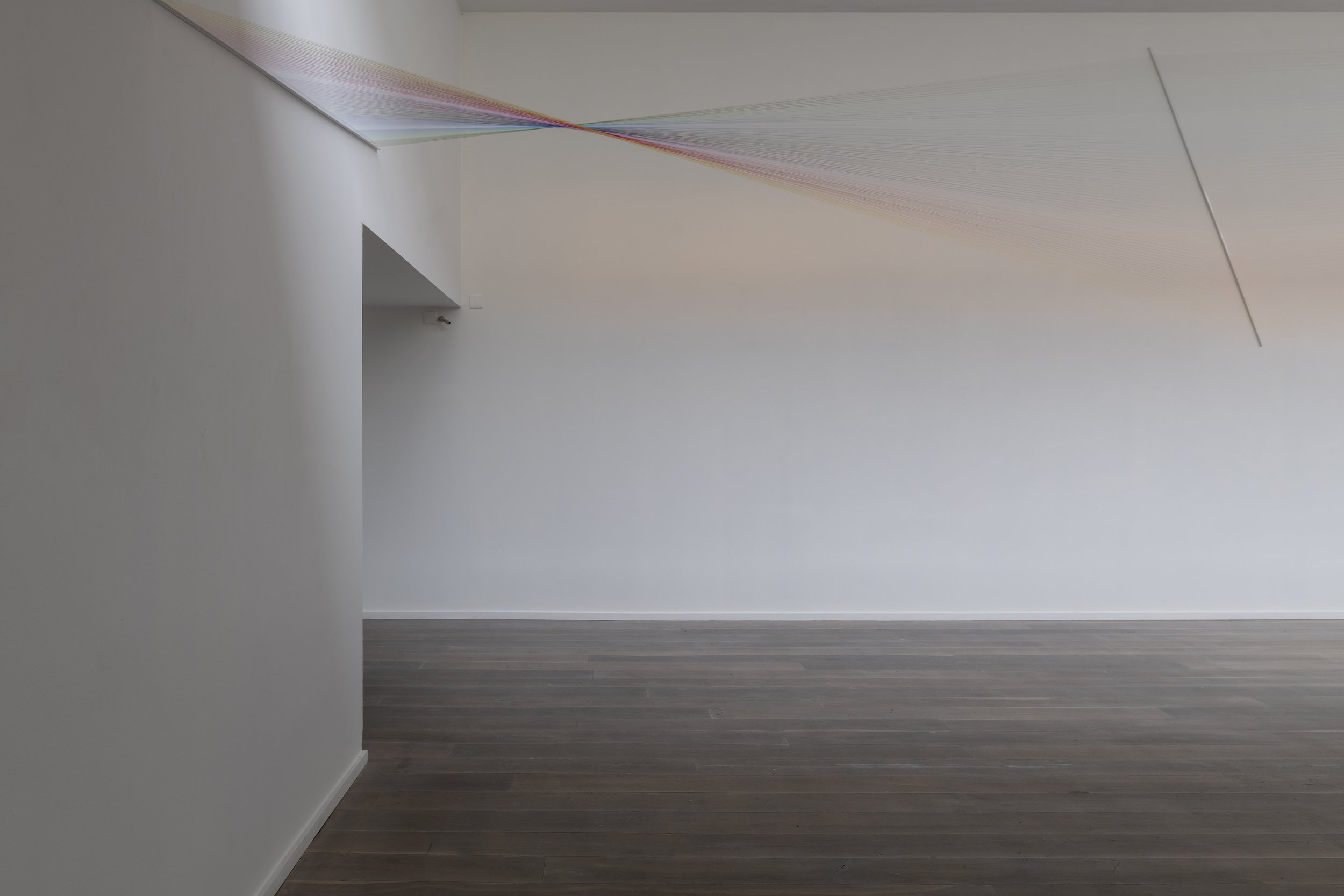
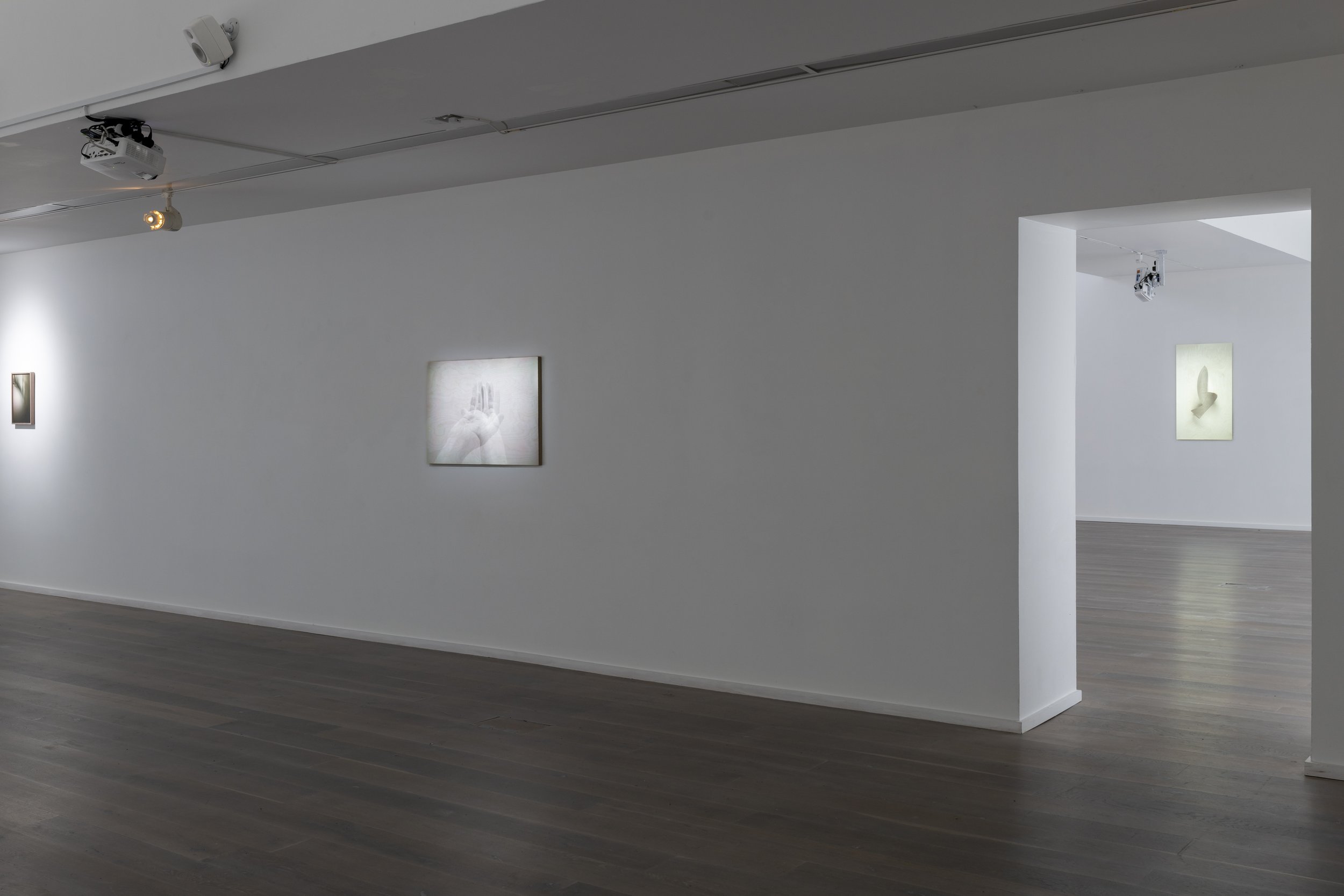
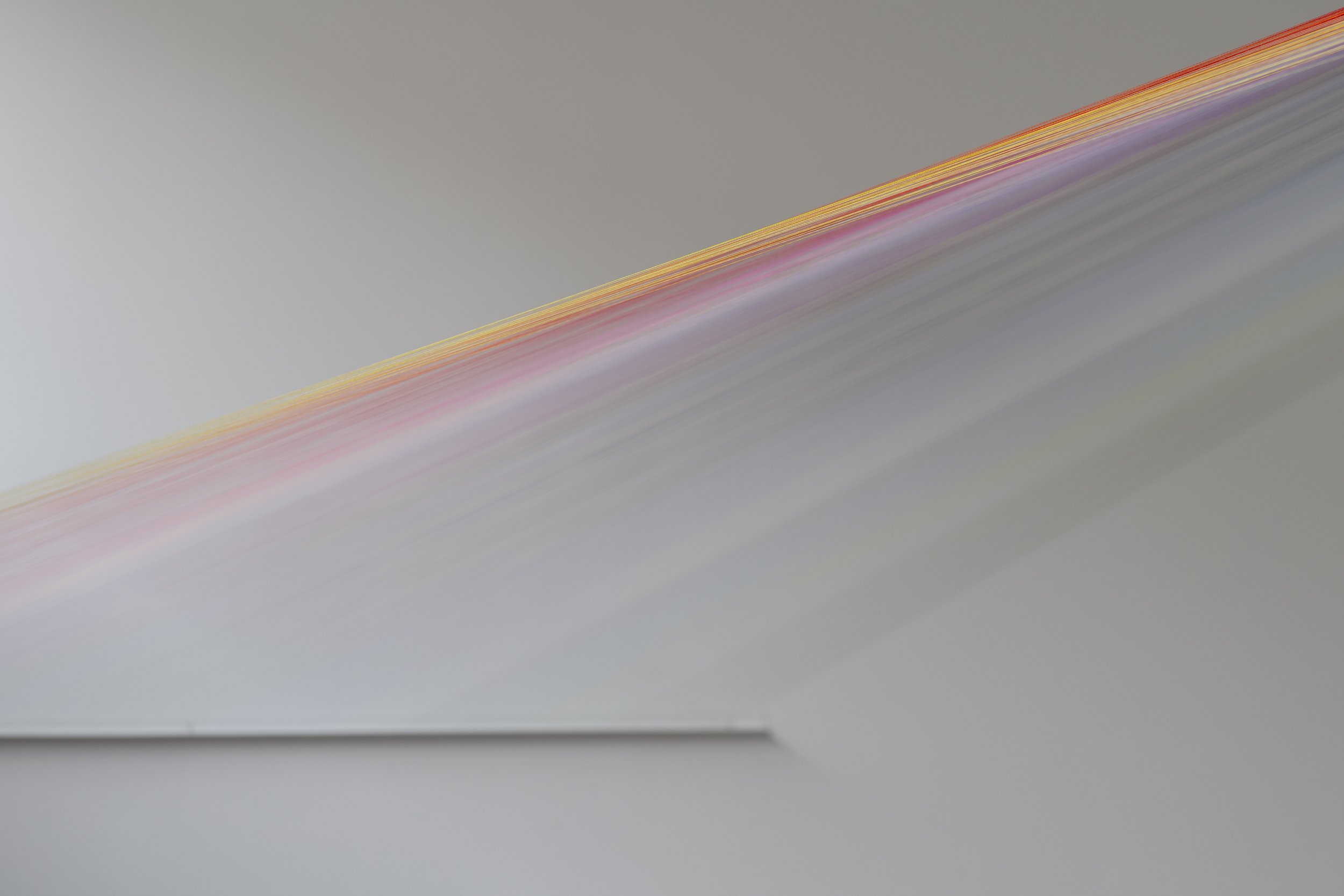
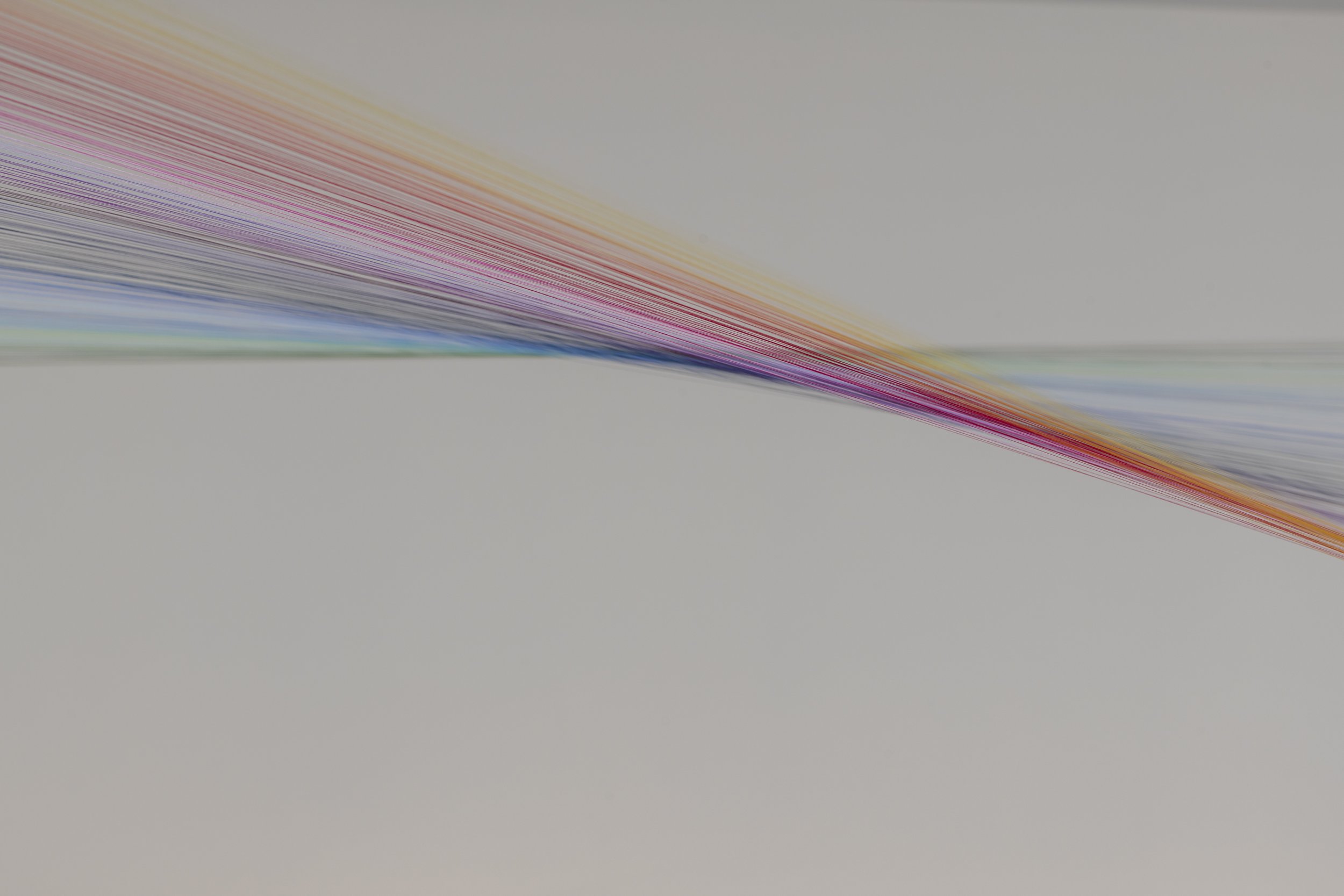
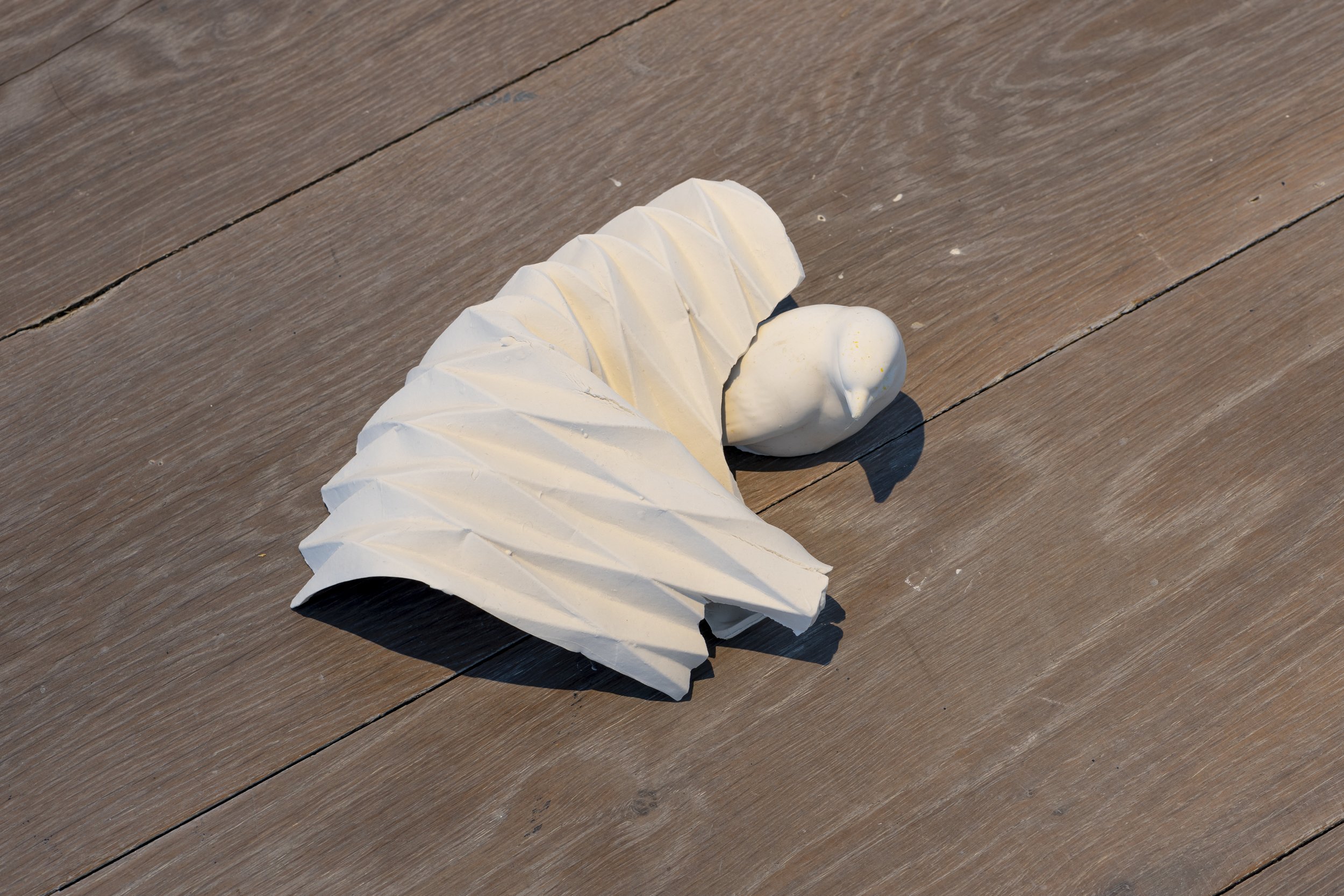
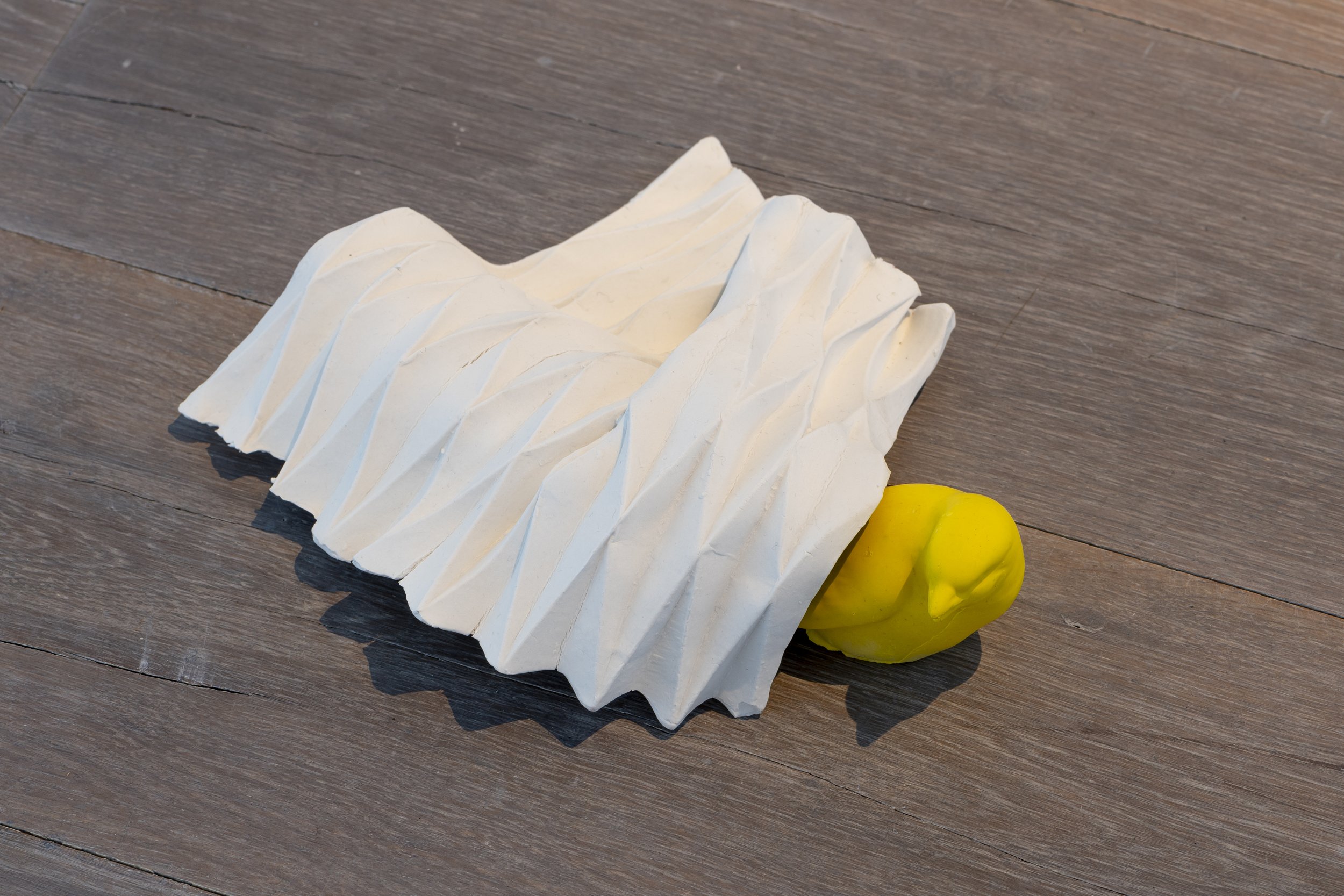
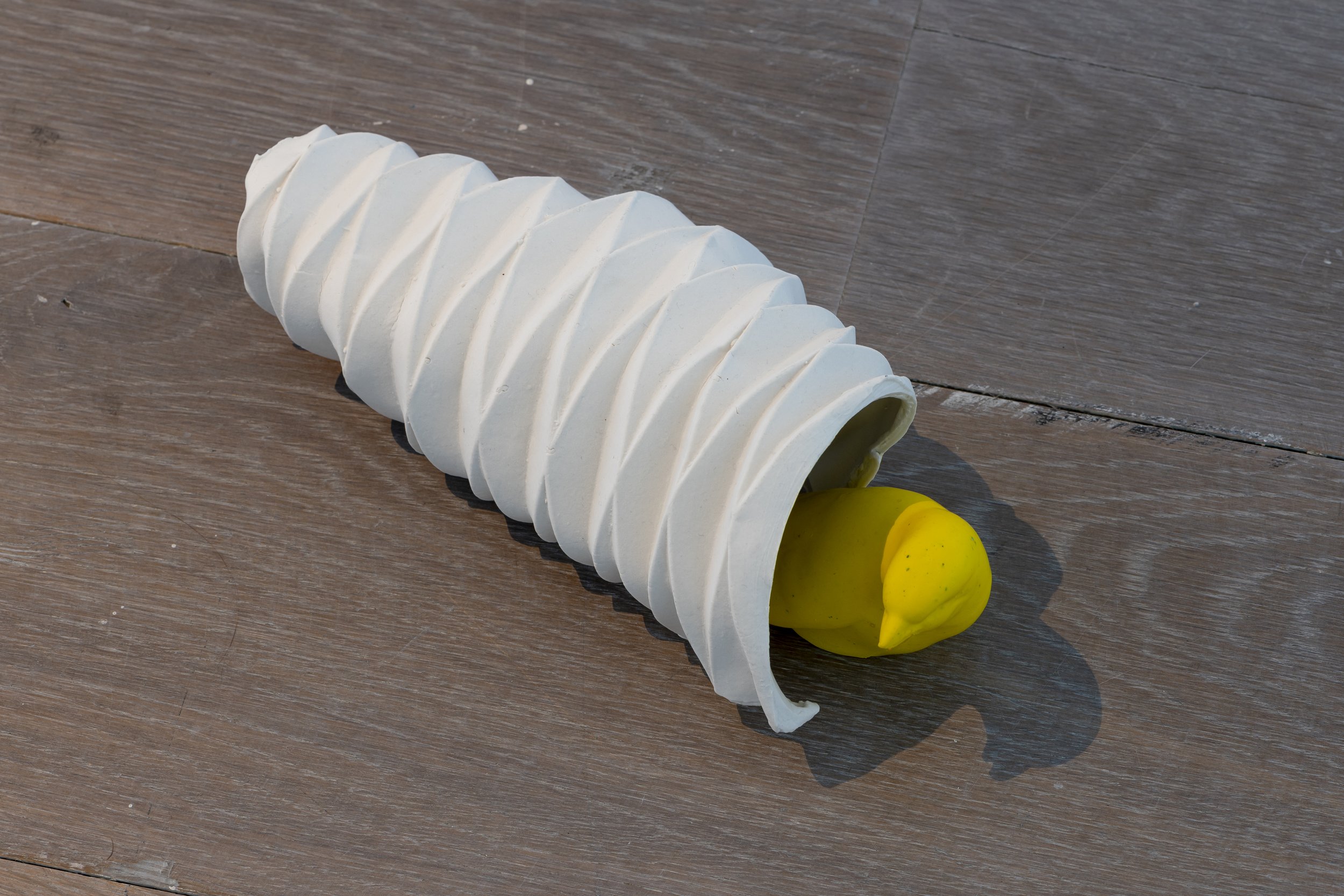

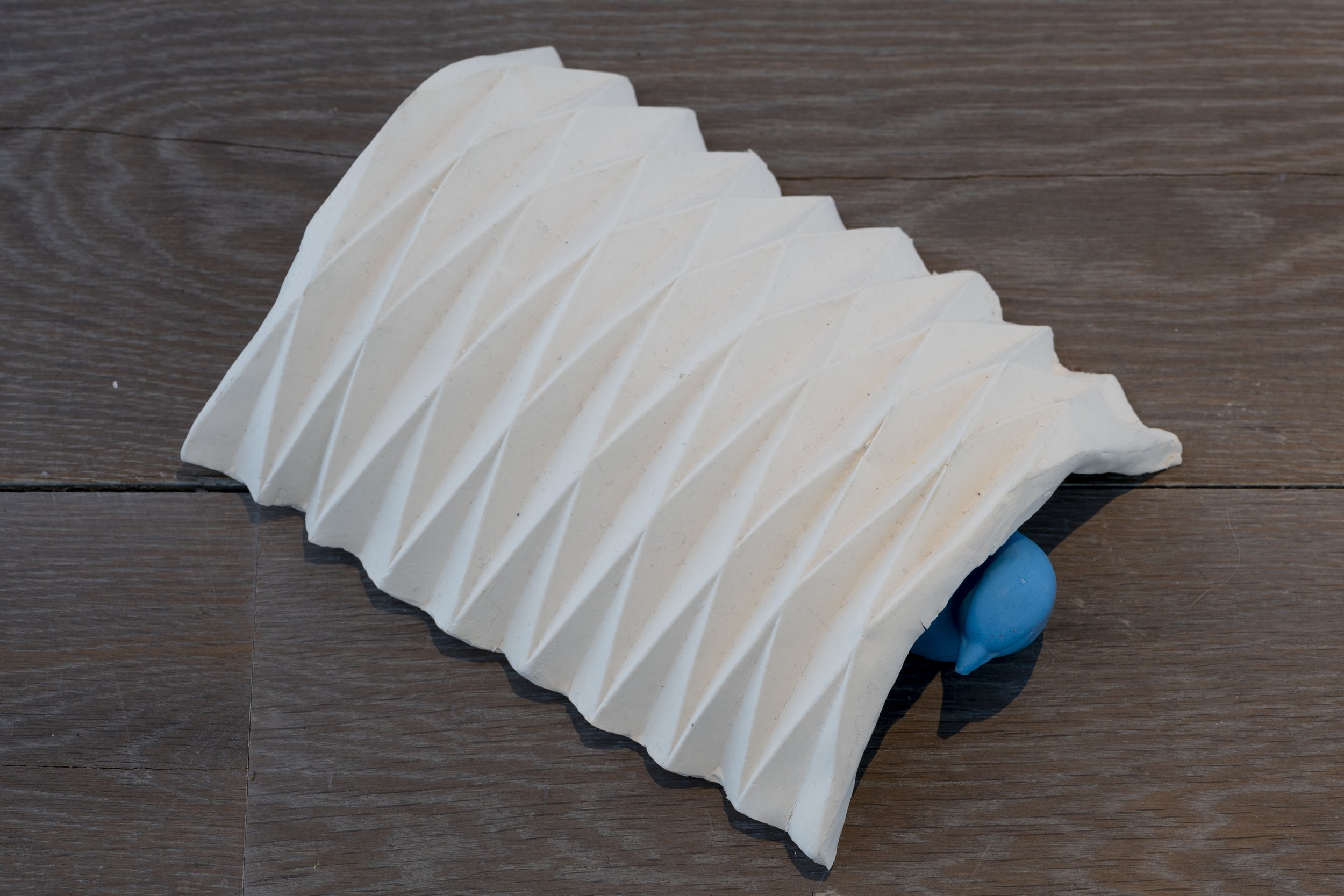

This body of work stems from an extended period of textual and processes driven artistic research that engaged broadly and specifically with forms of empathy and altruism and the complicated nature of how these elements are understood, felt, experienced and manifested or lacking in social situations. Whilst Mark’s research integrated a range of textual sources, two books; The Sleeping Beauties and other stories of Mystery Illness by Suzanne O‘Sullivan and The Price of Altruism: George Price and the Search for the Origins of Kindness by Oren Harman were particularly relevant.
All societies are dependent on forms of inter-reliance that are enabled through a series of social relations. Forms of care, kindness and co-operation are fundamental characteristics of all successful societies. These elements are most apparent in family units in both humans and animals, where kindness and care ensure the survival of a family member and the continuation of a genetic lineage. Kindness also extends to members outside of the family unit. Humans have the capacity to act altruistically, to act with disinterested and selfless concern for the welfare of others. Altruism is both, the principle and moral practice of concern for the well-being of others and is a traditional virtue in most cultures and a core tenet of sociocultural evolution in both religious and secular worldviews and can
be recognised in governance structures.
This exhibition integrated multiple forms of media, positions and artistic responses to these research subjects; including drawing, photographic and film works, paintings, prints, ceramics, sculptural assemblages, sound and song works. Combining, physical, visual, sensory and empathetic relationships that intersect the gallery and form connections between the architectural space and one another. In many instances artworks are situated to enable careful, fragile alliances.
The title of the exhibition to hold or to be held in addition to referencing human intimacy and connectedness also acts a form of methodological approach. Many of the art works that make up the exhibition implicate systems where simple, modest two-and three-dimensional elements combine, where the artwork is simultaneous contained and a container, where a shape or material sustains another. The fold is a persisting element of the art works where the fold is implicated as an artistic methodology and as a means of reflection or consideration. When one folds a material, one engages in an intimate haptic act that leaves and imprint, a memory of an action that endures. The fold acts as a method of enabling form, or new possibilities with a material, possibilities that are simultaneously elaborating and stabilising, revealing and concealing. In this instance the fold is also a means of articulating various forms of transformation, such as the folding of voices into harmony or the folding of the self into another or the folding of logic, poetics and aesthetics in artistic meaning making.